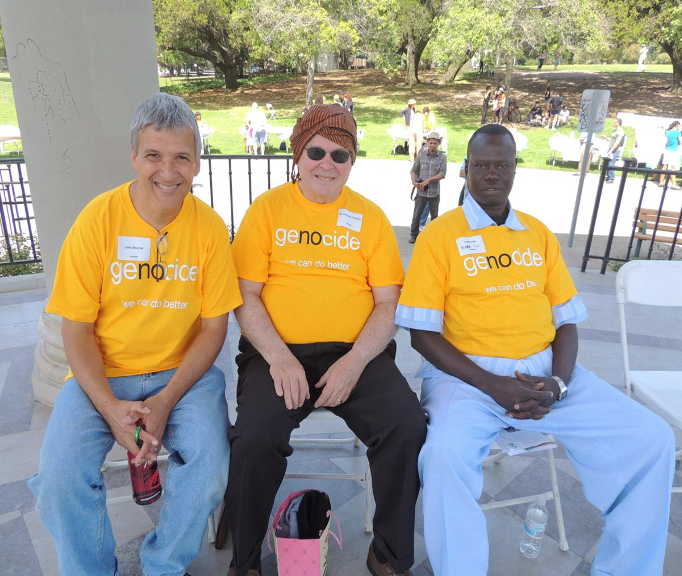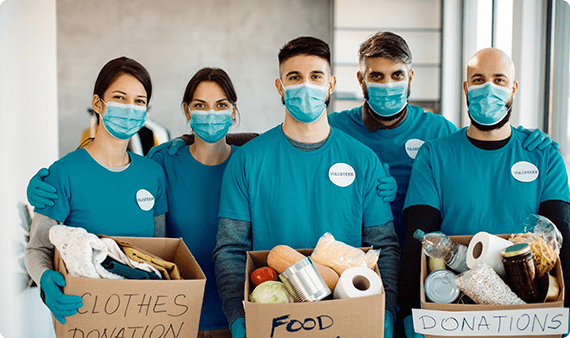
SUPPORT OUR MISSION
24/7 In Touch
+00 210-588-3617
Email Address
donation@yourmail.com
Our Location
10 Bartlett Road, Westford,US
Flourish Mountains
Hope Alliance

Re-building Sustainable, Resilient, Safer and Dignified Society
Menu









